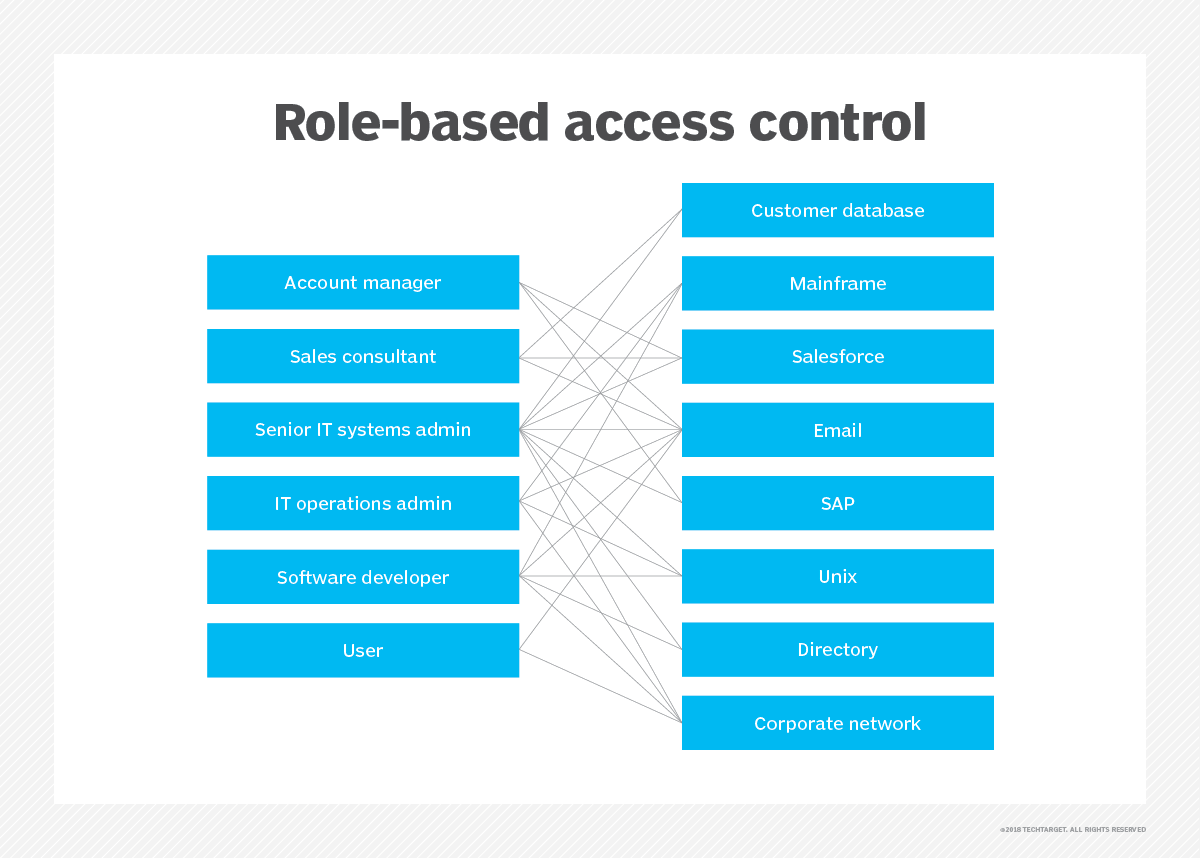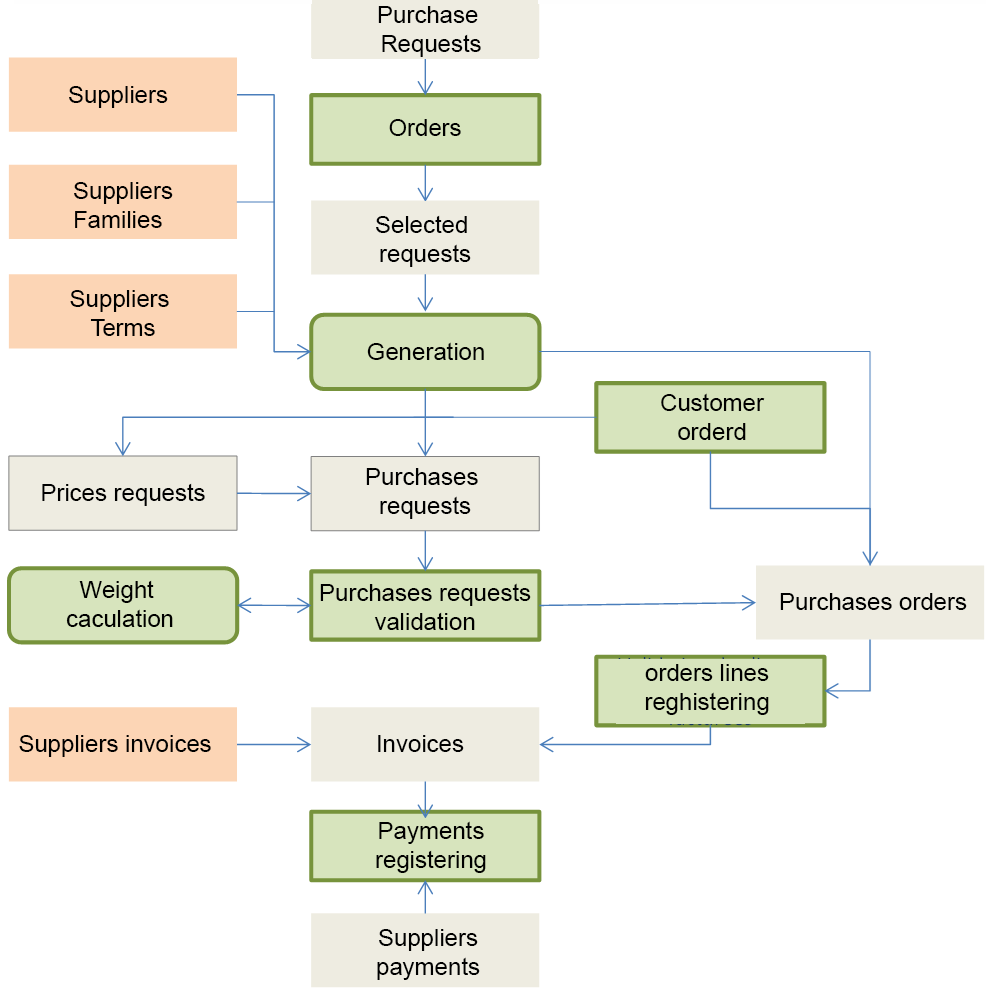Starting at only 7. Starting at only 7.
 What Are Project Controls Project Management Blog
What Are Project Controls Project Management Blog
Project control involves a regular comparison of performances against targets a search for causes of deviation and a commitment to check adverse variances.

Project management control. Take your project management skills to the next level. Project control The application of processes to measure project performance against the project plan to enable variances to be identified and corrected so that project objectives are achieved Simply put project management ensures the successful completion of a number of different processes while project control makes sure those processes actually head in the right direction to be classed as. Project management is the application of the foundations and scientific rules that mixed with a practical experience supported with tools and techniques to achieve the projects goals.
Ad Search Masters Project Management. Integrate the apps your team already uses directly into your workflow. Get Results from 6 Engines at Once.
Control schedule is a process in project management that involves monitoring the status of activities related to a particular project. Concept to launch in record time. Ad Trello is the fun flexible and free way to organize plans projects and more.
Ad Trello is the fun flexible and free way to organize plans projects and more. Change control informs the project manager during the planning phase of the project. Ad Empower your teams.
Aside from monitoring the status it also involves updating of the project process as well as managing the changes to the schedule in order to achieve the plan. Integrate the apps your team already uses directly into your workflow. The project control cycle Management in general can be seen as the process of setting objectives for a system and then monitoring the system to see what its true performance is.
Management control of project progress throughout their lifecycles is becoming increasingly recognised for its importance. They will start thinking about change and how to better respond to it and learn from their experience with change control to put more safeguards upfront in their planning for future projects. Delay in reporting performances Inappropriate level of Detail Unreliable information etc and It motivates project personnel to strive for achieving project objectives.
Ad Empower your teams. Recent findings highlight that management control influences task completion competency and thus project management performance Liu et al 2010. Take your project management skills to the next level.
Project control is a continuous process that requires the project manager to observe gather information and make changes to the project as necessary. It serves 2 major functions. Ad Search Masters Project Management.
According to the Project Management Body of Knowledge PMBOK project control consists of data collection management and analysis processes used to predict and constructively influence the time and cost results of a project or programme by communicating information in formats that support effective management and decision-making. - It ensures regular monitoring of performances ie. Concept to launch in record time.
What is Project Control. In Figure 12 the real world is shown as being rather formless. Get Results from 6 Engines at Once.

